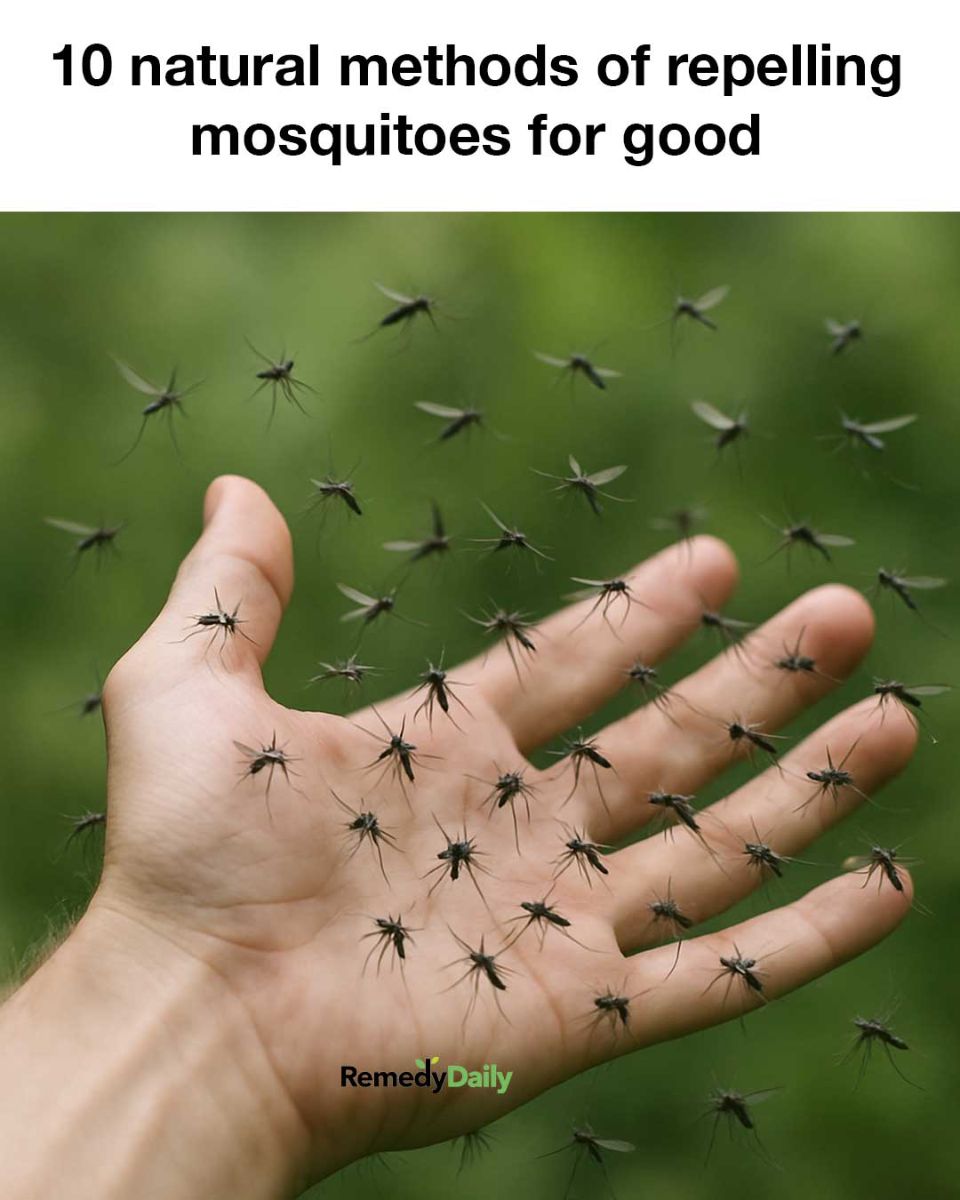ADVERTISEMENT
Additionally, introducing mosquito fish (Gambusia affinis) to ponds or water features can help control mosquito larvae. These small fish are voracious eaters of mosquito larvae and can significantly reduce their numbers.
6. Eliminating Standing Water
Standing water is a breeding ground for mosquitoes, so eliminating it is crucial in controlling their population. Regularly inspect your property for any areas where water may collect, such as flower pots, buckets, and gutters. Ensure that these are emptied and cleaned frequently.
For larger bodies of water, such as ponds, consider installing a fountain or pump to keep the water moving, as mosquitoes prefer still water for laying eggs. Additionally, adding a natural larvicide like Bacillus thuringiensis israelensis (Bti) can help control mosquito larvae without harming other wildlife.
7. Using Natural Mosquito Repellent Sprays
Natural mosquito repellent sprays can be made at home using ingredients like vinegar, witch hazel, and essential oils. To make a simple spray, combine 1/2 cup of witch hazel, 1/2 cup of water, and 30-50 drops of essential oils such as citronella, eucalyptus, or lavender in a spray bottle. Shake well before each use and apply to exposed skin and clothing.
These sprays are not only effective in repelling mosquitoes but are also free from harmful chemicals, making them a safer choice for families and the environment.
8. Installing Mosquito Nets
Mosquito nets provide a physical barrier that prevents mosquitoes from reaching you while you sleep. They are especially useful in areas with high mosquito populations or where mosquito-borne diseases are prevalent. When choosing a mosquito net, opt for one with a fine mesh that is treated with insecticide for added protection.
Ensure that the net is securely tucked under the mattress or sleeping mat and that there are no holes or gaps where mosquitoes can enter. Mosquito nets can also be used to cover doors and windows, providing an additional layer of protection for your home.
9. Leveraging Fans and Airflow
Mosquitoes are weak flyers, so creating strong airflow can help keep them at bay. Using fans, both indoors and outdoors, can disrupt their flight patterns and make it difficult for them to land on you. Place fans strategically around seating areas, patios, and other outdoor spaces to create a mosquito-free zone.
In addition to fans, ensuring good ventilation in your home can help reduce the presence of mosquitoes. Open windows and doors during the day to allow fresh air to circulate, but make sure they are fitted with screens to prevent mosquitoes from entering.
10. Applying Natural Skin Repellents
Natural skin repellents can be made using ingredients like coconut oil, neem oil, and aloe vera. Coconut oil, when combined with essential oils, can create a protective layer on the skin that repels mosquitoes. Neem oil, known for its insecticidal properties, can be mixed with a carrier oil and applied to the skin to deter mosquitoes.
Aloe vera gel can also be used as a base for natural repellents, providing a soothing effect while keeping mosquitoes away. Apply these natural repellents to exposed skin before heading outdoors, and reapply as needed for continued protection.
11. Exploring Ultrasonic Devices
Ultrasonic devices emit high-frequency sound waves that are said to repel mosquitoes. While the effectiveness of these devices is still debated, some people find them to be a useful addition to their mosquito-repellent arsenal. These devices are typically small, portable, and can be plugged into an outlet or powered by batteries.
When using ultrasonic devices, place them in areas where mosquitoes are most active, such as near doors, windows, and outdoor seating areas. While they may not completely eliminate mosquitoes, they can help reduce their presence and provide some relief from bites.
ADVERTISEMENT
